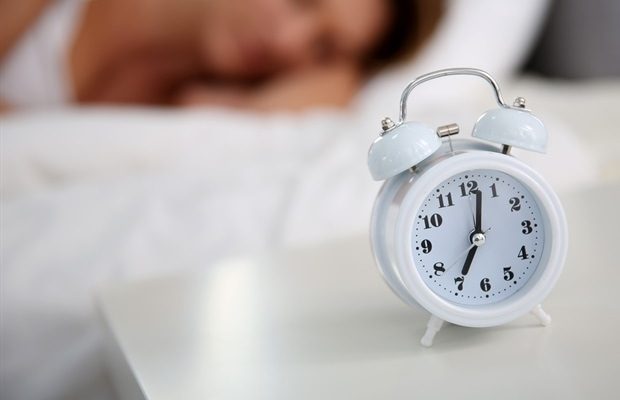Amblyopia, sometimes called lazy eye, is a common vision problem in children and babies, and it’s typically been treated by having the child wear a patch on the stronger eye, with the goal of improving sight for the weaker eye.
Recent research has suggested that treatments that require the two eyes to work together might help those with amblyopia recover better. Other research has shown that appropriately timed sleep can help neural networks in the brain repair or restructure themselves, particularly in children, says University of Michigan researcher Sara Aton.
Aton’s lab looked at the two research questions in concert, and found that visual stimuli presented to both eyes, rather than the weaker eye alone, helped mice with amblyopia experience a more complete recovery of their visual function. For even better results, the mice had to be allowed to sleep right after their enriched visual experience. The team’s results are published in the journal Communications Biology.
The current standard practices for treating children, and possibly adults, with amblyopia may have room for improvement.”
Sara Aton, associate professor of molecular, cellular and developmental biology
First, our findings suggest that patching therapy, which has been used routinely for several decades, may be inferior to more recently developed methods aimed at making the eyes work together.
“Second, it suggests that paying attention to the timing of children’s sleep with respect to this therapy, something that is easy to implement, may have an outsized benefit with regard to therapeutic potential.”
To examine amblyopia, the researchers examined mice who had the same type of long-term loss of visual information processing that occurs in brains of children who have amblyopia. They then presented enriched visual stimuli—something similar to a movie for humans—to the mice. The mice either had the stronger eye closed, mimicking the patching therapy, or were allowed to keep both eyes open simultaneously.
The researchers found that the binocular visual stimulation—seeing with both eyes together—resulted in greater brain plasticity. And what’s more, they tested the importance of sleep to this therapy. When the mice were allowed to sleep, but had their sleep disrupted in the first few hours after the visual stimulation, some of these benefits were reversed.
Their finding suggests that patching therapy, which has been used routinely for several decades, may be inferior to more recently developed methods aimed at making the eyes work together. The work also suggests that paying attention to the timing of children’s sleep with respect to this therapy, something that is easy to implement, may have an outsized benefit with regard to therapeutic potential.
“I hope this will open up new avenues for clinicians to try with their pediatric patients. Amblyopia affects a huge swath of the population, somewhere between maybe 1% and 6% of everyone,” Aton said. “Patching therapy has been the standard treatment for decades, but it was originally developed, in part, based on older, underpowered studies.
“Our technical capabilities for visual therapy have improved since then, as has our understanding of how sleep contributes to developing brain function. So hopefully with new data we will see new data-driven treatment options for kids.”
U-M co-authors also include Jessy Martinez, Marcus Donnelly, Donald Popke, Daniel Torres, Lydia Wilson, William Brancaleone, Sarah Sheskey, Cheng-mao Lin, Brittany Clawson and Sha Jiang.
University of Michigan
Martinez, J. D., et al. (2023). Enriched binocular experience followed by sleep optimally restores binocular visual cortical responses in a mouse model of amblyopia. Communications Biology. doi.org/10.1038/s42003-023-04798-y.
Posted in: Child Health News | Medical Research News
Tags: Amblyopia, Brain, Children, Developmental Biology, Eye, Lazy Eye, Mouse Model, Research, Sleep
Source: Read Full Article
